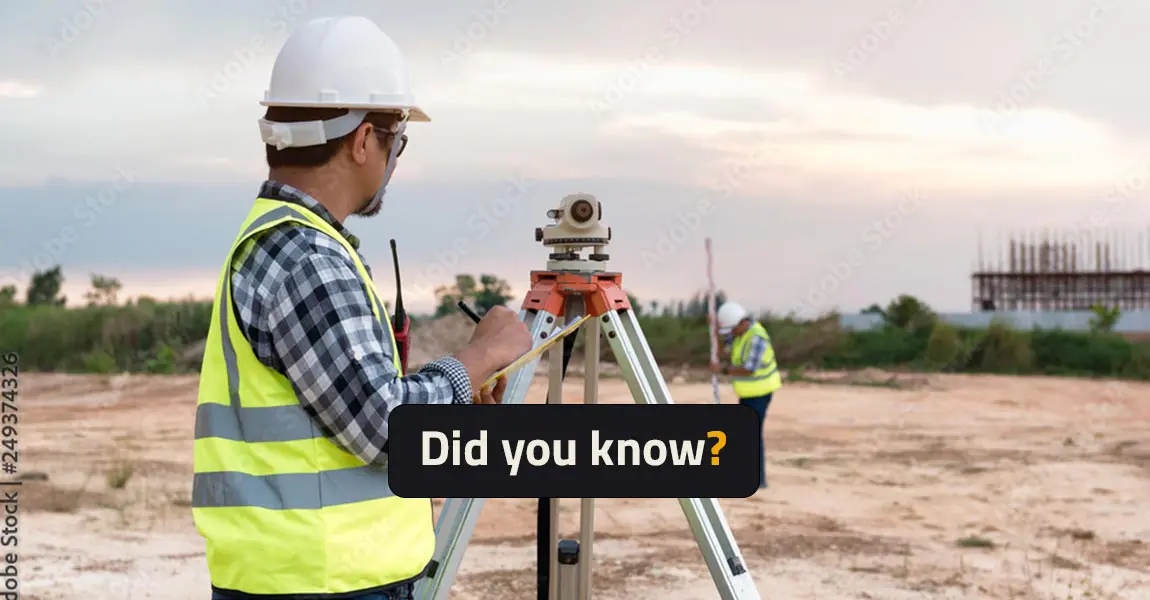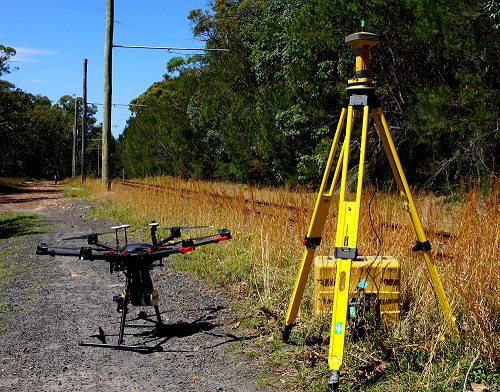Reaching centimeter-level accuracy with LiDAR

YellowScan has more than one way to reach centimeter-level accuracy.
YellowScan LiDAR solutions use Applanix GNSS-aided INS boards allowing for multiple post-processing methods to reach centimeter-level accuracy.
Using a dual-frequency GNSS receiver, like the one used in YellowScan LiDAR systems, can locate itself at a meter-level accuracy. However, most of today’s survey jobs require centimeter-level accuracy or better. So, how do we get there? To obtain this level of accuracy, the LiDAR and its flight trajectory need to be corrected. To achieve this, a common technique is to use a separate source of GNSS observations hence the typical “differential” term applied to these methods. These differential corrections sources can come from the recording of either a “physical” receiver, firmly planted on planet Earth, often referred to as a base station or a “virtual” reference station.
We can define physical receivers as your own dual-frequency GNSS receiver set up in the field close to the survey area, positioned on a known landmark or at an unknown position. The “pros” to this method are that it is yours; you can touch it; you control it and you decide where to set it up. The “cons” on the other hand are it’s a piece of hardware that has a cost and needs to be maintained. Another approach is a GNSS receiver, part of a national network (CORS, EUREF, RGP…) located 20km or closer to the survey site. The “pros” here are it’s a free service at a certified position. The “cons” are its a service that can be interrupted, can be far from your survey location, coarse grid, long baseline and it’s not yours.
If you are looking for a virtual reference, YellowScan embeds Trimble/Applanix technology into its solutions thus giving you access to additional post-processing methods without having to own a base station. This includes Trimble’s RTX subscription service, available worldwide, allowing you to process your trajectory in just a few clicks. The “pros” are its worldwide, fast, and no extra hardware required. The “cons”, well there is still a cost for the service!
Via YellowScan’s platform, you can use the Applanix Smartbase to create a virtual reference station (VRS) at the center of your survey area based on your national GNSS networks. The “pros” are no extra hardware required and the “cons” are this is country dependent and cost for the service is a factor!

Check out our YouTube channel for more information and comparison of these centimeter-level accuracy methods or View our related webinar “Use of Applanix POSPac UAV/MMS in the YellowScan workflow”.
N.B. Author Léa Moussi. The content of this article is protected by copyright.



